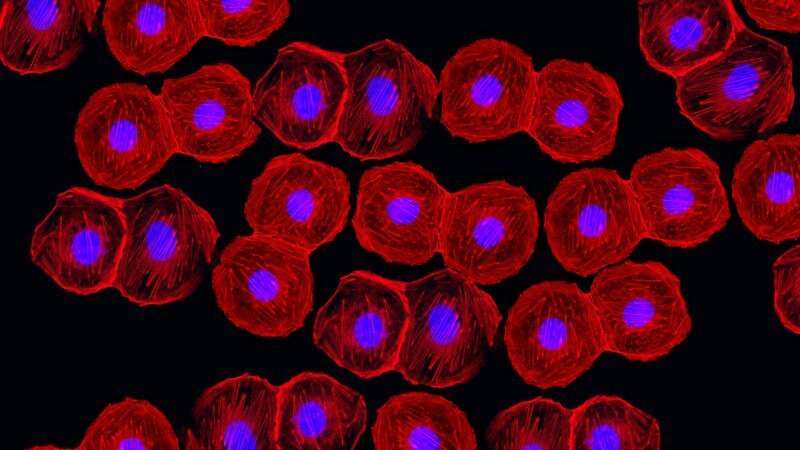
Image Credits: Medscape
“With advancements in medicine comes the responsibility to conduct clinical trials to better understand how these therapies might help and in what conditions.”
– Dr Steven Sampson
Orthobiologics is an evolving theme that will be relevant in 2020 and beyond. Science is evolving to accept self healing, or the facilitation of healing via the body’s own natural mechanisms. Orthobiologics utilizes natural healing elements to facilitate or enhance the restoration of wounds, torn or injured muscles, ligaments and bones. With faster healing times, individuals are able to return to normalcy faster. Scientific advances in the development of biomaterials, have helped to improve the products that are available on the local market. As science develops, the ability to develop products that have an improvement in biocompatibility with the desired recipients, is leading to an increased demand in these products.
The healing arts are evolving from a symptom based treatment, to an internal root cause treatment. The transition is warranted because many of the current therapies in medicine often have adverse effects, that are avoidable via natural methods. All fields are evolving, and as medicine advances, so too does the final healing result. When it comes to the human bone structures, healing is a process that is still being studied, and often takes a long time to facilitate if there is a serious injury or fracture to a bone in particular.
In the current health regime, with a renewed understanding of the healing mechanisms of the body, there are natural and artificial substances which orthopaedic surgeons are using to accelerate the rate of healing. These substances, are known as Orthobiologics. With their abilities to heal bones, muscles, tendons and ligaments, orthobiologics is the path forward to a life of accelerated healing. Consult with your orthopaedic surgeon, to identify if you’ll be a suitable candidate for this cutting edge medical innovation.
How do our bodies heal?
Designed to self heal, our body’s healing mechanisms are facilitated by healing agents that attend to an injury site. Blood is the agent that facilitates the healing process. Additionally, there are three orthobiologic substances which research has identified is key to aid the healing process.
These three agents are:
- the cell matrix which helps to heal bone gaps
- proteins for regulation of the healing process
- and stem cells for regeneration of the relevant cells that will heal the injury
While all three elements are critical, stem cells are the very versatile agents that are finding their relevance in global healing of the body. They have the ability to generate a multitude of cells, and facilitate healing. The integration of all these elements will ensure that injuries are able to restore to normalcy.
Types of Orthobiologic Materials:
As orthobiologics evolves, there are various natural and synthetically derived materials that are used in the orthobiologic process. When there is an injury, often the site must be protected by a special scaffolding that provides support and mobility. Injected into the scaffolding site will be the relevant healing agent such as stem cells. Materials such as Bone Grafts (autograft/allograft), involve the use of bone fragments to support the injured bones. Bone fragment sources vary, and in some instances are harvested from cadavers, or even 3D printed. Alternatively, with the advent of materials science, there are compounds such as calcium phosphate which can be used to fill gaps in bone fragments.
How do the growth elements help to heal?
As medicine advances via fields such as genetic engineering, the body’s healing processes can be accelerated with increased knowledge. On its own, the body takes a very long time to heal structures such as bones. This is often why healing fractures requires minimal mobility via casting and arthroplasty. Via science and technology, mechanisms of healing are now much more easily understood, and the levers that facilitate healing are now being manipulated. While not one hundred percent effective, research has shown favorable adaptation of the body to the injection of healing agents such as stem cells and growth factor proteins. With good blood circulation in the area, the two agents work in tandem with each other to repair the injured site. Via innate intelligence, the cells will regenerate the relevant cells needed to heal bones, muscles and ligaments.
The future of orthobiologics is still unfolding, and from the current vantage point, the possibilities look endless. Consult with your orthopaedic surgeon to identify if you are a suitable candidate for this new wave of medical treatment. Your health is your wealth, if there are new and better methods, take advantage of them.


